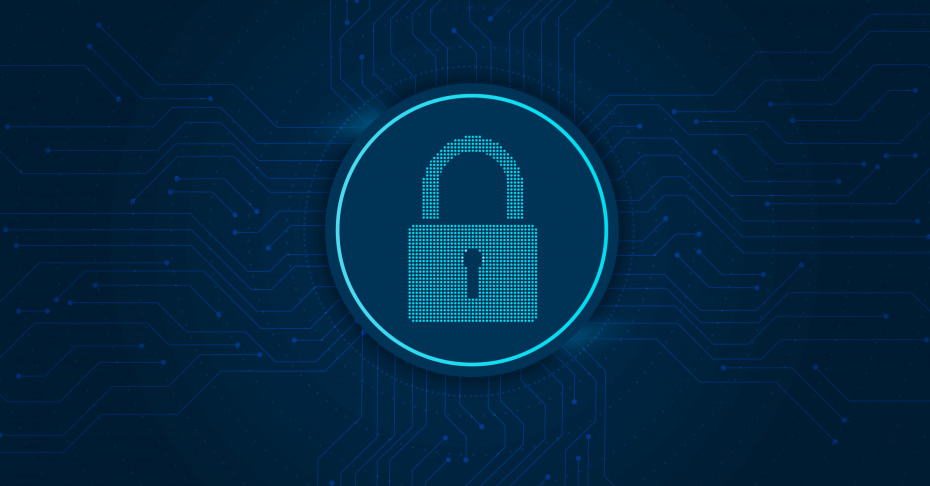What is Unified Threat Management (UTM)?
A unified threat management system is defined as a single security solution or appliance that offers multiple security functions at a single point on the network. Because the range of possible threats to enterprise network security is so diverse today, a UTM appliance offers the ability to unify multiple types of threat protection including anti-spyware, antivirus, anti-spam, intrusion detection and prevention, network firewall, content filtering, and leak prevention.
What is Unified Threat Management (UTM)?
Unified threat management (UTM) is an information security system that provides a single point of protection against cyber threats, including viruses, worms, spyware, and other malware, as well as network attacks. It unifies cyber security, performance, management, and compliance capabilities so administrators can manage network security from one system.
Unlike antivirus tools, UTM systems don’t just protect PCs and servers against advanced threats, such as phishing attacks. These systems scan all network traffic, filtering potentially dangerous content and blocking intrusions to protect the entire network, as well as individual users, against cyber security threats. They also gather real-time threat intelligence data and perform security functions, such as deep packet inspection, to identify potential vulnerabilities.
Many small and medium-sized businesses use cloud-based UTM security products and services to handle security threat management with one system, rather than several smaller ones.

How does it work?
Historically, organizations have deployed an array of point security products to address specific cyber security threats. For example, an organization may have a standalone firewall, antivirus, etc. A UTM solution eliminates the need for this collection of standalone solutions by performing a range of network security functions in a single appliance.
Unified threat management solutions are deployed at the network perimeter and scan all data entering and leaving the network. Using deep packet inspection (DPI), the UTM solution gains the necessary visibility into network packets to identify incoming threats and block web requests to inappropriate or dangerous sites. Additionally, UTM provides a single dashboard for a security team to manage all of these features.
Benefits of using a Unified Threat Management solution
Flexibility and adaptability
With a UTM network, you can use a set of flexible solutions to handle the complicated assortment of networking setups available in modern business infrastructure. You can cherry-pick what you need from a selection of security management tools, choosing what is best for your specific network. You can also opt to obtain one licensing model that comes with all the technologies you want, saving you time shopping for individual solutions.
Because unified threat management is flexible, you have the freedom to deploy more than one security technology as you see fit. Also, a UTM comes with automatic updates, which keep your system ready to combat the latest threats on the landscape.
Centralized integration and management
In a normal setup without UTM, you may have to juggle several security components at once, including a firewall, application control, a VPN, and others. This can take time and resources away from your team. However, with a UTM, you can consolidate everything and control it all with a single management console. This makes it easier to monitor the system, as well as address particular components within the UTM that may need to be updated or checked.
The centralized nature of a UTM also allows you to monitor several threats simultaneously as they impact multiple components of your network. In a network without this centralized structure, when a multi-module attack occurs, it can be very difficult to prevent it.
Cost-effectiveness
Because of its centralized setup, unified threat management reduces the number of devices your organization needs to protect your network. This may result in significant cost savings. In addition, because some staff are required to monitor the system, you can save on manpower costs as well.
Increased awareness of network security threats
The combination of a UTM’s centralization and faster operation results in an increased awareness of network security threats, enabling you to implement advanced threat protection (ATP). This equips your IT team to better manage advanced persistent threats (APTs) and other modern dangers on the landscape.
The enhanced capability to address these kinds of threats comes from a UTM’s ability to operate several threat response mechanisms in unison, which combine forces against the threats that attempt to infiltrate your network.
Faster security solution for businesses
With a UTM, you can streamline the way data is processed and use fewer resources at the same time. The UTM does not require as many resources as several components operating independently of each other. The higher efficiency you get from a UTM may allow you to free up resources to better manage other essential network-dependent processes.
Disadvantages of UTM
UTM has a lot of advantages, but at the same time, it has quite a lot of disadvantages :
- UTM does not satisfy the privacy of the network members and users. To secure the nodes on the network from data breaches, it continuously tracks the traffic and the networking history of all the members of the network.
- UTM leads to slow performance of the processor, as the spyware tracking software captures the majority part of the computer’s memory in those security processes, thus, leading to low efficiency in the actual work on that network.
- UTM is expensive to implement and maintain, especially for small businesses or organizations with limited resources. The cost of hardware, software licenses, and ongoing maintenance and updates can add up quickly, making it difficult for some companies to justify the investment. Additionally, UTM may require specialized knowledge and expertise to set up and configure properly, which can further increase costs.

Next-Generation Firewalls vs. Unified Threat Management
Next-generation firewalls (NGFWs) and Unified threat management (UTM) solutions are both designed to consolidate multiple security functions into a single solution. The difference between the two is not clear and has evolved over the years as newer security technologies became integrated into network firewalls.
IDC, a global market intelligence firm, defined the term UTM in 2003 to track the security appliance market. In 2008 Gartner, a global research and advisory firm, introduced the UTM Magic Quadrant report and defined the unified threat management (UTM) market as multifunction network security products used by small or midsize businesses (SMBs) of less than 1000 employees. This was a separate report from the Gartner analysis of the enterprise firewall Magic Quadrant report.
The term NGFW was introduced in 2003 by Gartner to describe a firewall that integrates additional functionality beyond that of a simple stateful firewall. Over time, additional features were consolidated into a single solution. Today the two terms are interchangeable. Customers decide which security functions in the integrated network firewall device they need to secure their organization.
Conclusion
A unified threat management solution can be the answer for small and growing businesses that can’t yet invest in a comprehensive in-house IT and cyber security team. It can also be a great choice for sizable cyber security teams that want to make sure their solutions are streamlined and work together perfectly.
With many customizable tools, UTM systems can be tailored for different industries, compliance needs, and hybrid workspaces.
Consider protecting your company and your assets with a cybersecurity solution such as a UTM that aligns with your business needs and protects sensitive data without stressing other resources.